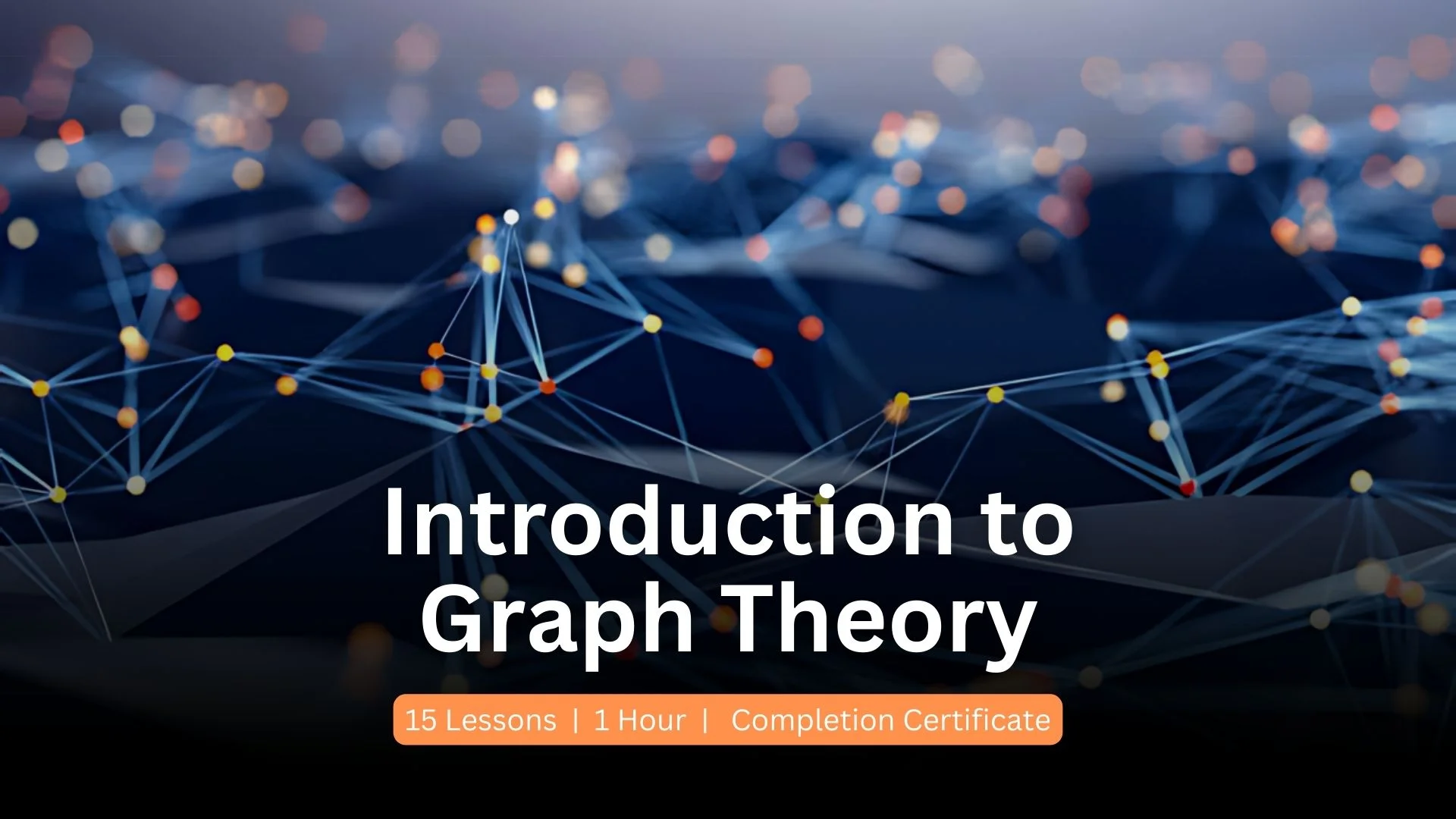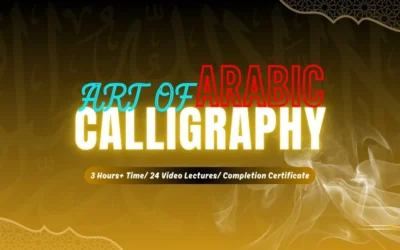Course Description:
“Introduction to Graph Theory” is a foundational course that delves into the fundamental concepts, properties, and applications of graph theory. Graph theory is a branch of mathematics concerned with the study of graphs, which are mathematical structures consisting of vertices (nodes) connected by edges (lines). This course provides students with a comprehensive understanding of graph theory and its significance in various fields, including computer science, operations research, social sciences, and engineering. Throughout the course, students explore the basic terminology and notation used in graph theory, including concepts such as paths, cycles, and connectivity. They learn about different types of graphs, including directed and undirected graphs, weighted graphs, and bipartite graphs. The course also covers various representations of graphs, including adjacency matrices, edge lists, and adjacency lists. In addition to theoretical concepts, the course emphasizes practical applications of graph theory. Students examine how graph theory is used to model real-world problems, such as network design, social network analysis, routing algorithms, and optimization problems. They learn about algorithmic techniques for solving common graph problems, such as graph traversal, shortest path algorithms, minimum spanning trees, and graph coloring. The course includes a combination of lectures and students engage in problem-solving activities and apply graph theory concepts to analyze and solve problems in various domains. By the end of the course, students develop a solid foundation in graph theory and gain the skills necessary to analyze and solve problems using graph-based approaches. This course serves as a prerequisite for advanced courses in algorithms and network analysis.
Introduction to Graph Theory Course Objectives:
- To comprehend the various terminologies and classifications of graphs.
- Determine whether a graph is connected or not and find the number of connected components, which is essential in network reliability analysis and social network analysis.
- Implement and analyze graph representations using adjacency matrices, edge list and adjacency lists.
- Determine the minimum number of colors required to color the vertices of a graph such that no adjacent vertices share the same color, which has applications in scheduling, map coloring and register allocation in compilers.
- Find spanning trees (sub graphs that are trees and include all vertices of the original graph) with minimum weight or minimum cost, useful in network design and power distribution systems.
- Develop algorithms (Dijkstra’s and Bellman-Ford) to find the shortest path between two vertices in a graph, which is crucial in navigation systems and network routing protocols.
- Apply traversal algorithms (BFS and DFS) to explore and manipulate data structures efficiently.
Target Audience of Introduction to Graph Theory Course;
Learners (students, researchers and professionals) who are curious about analyzing relationships, modeling real-world scenarios, and developing efficient algorithms can benefit significantly from this course. [Beginner to Advanced]
What More to Expect?
15 complete lessons within 1 hour of time Quizzes to assess learning from the course
Option to discuss problems on the lessons through the course forum
Certificate of achievement issued with the affiliation of HRDI and Skill Jobs
GoEdu Learner’s Manual
Course Features
- Lectures 15
- Quizzes 1
- Duration 1 hour
- Skill level All levels
- Language Bengali
- Students 14
- Certificate Yes
- Assessments Self







